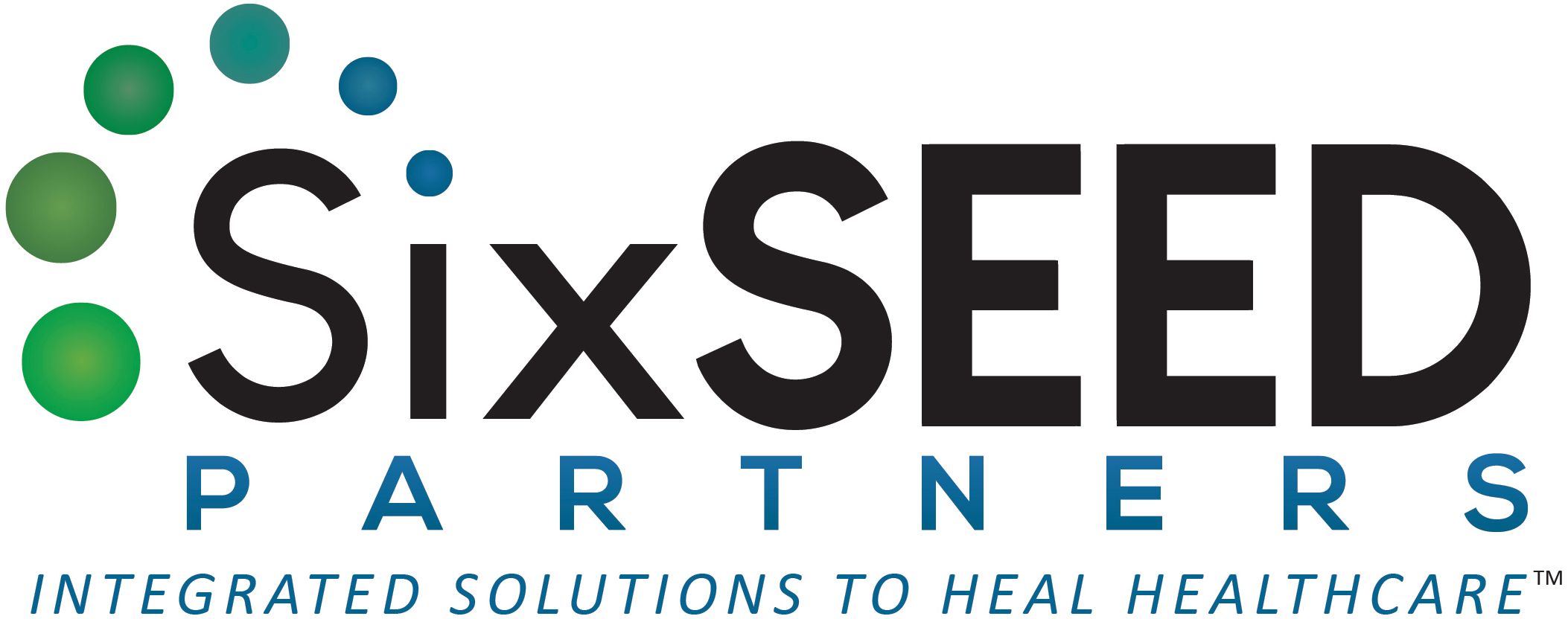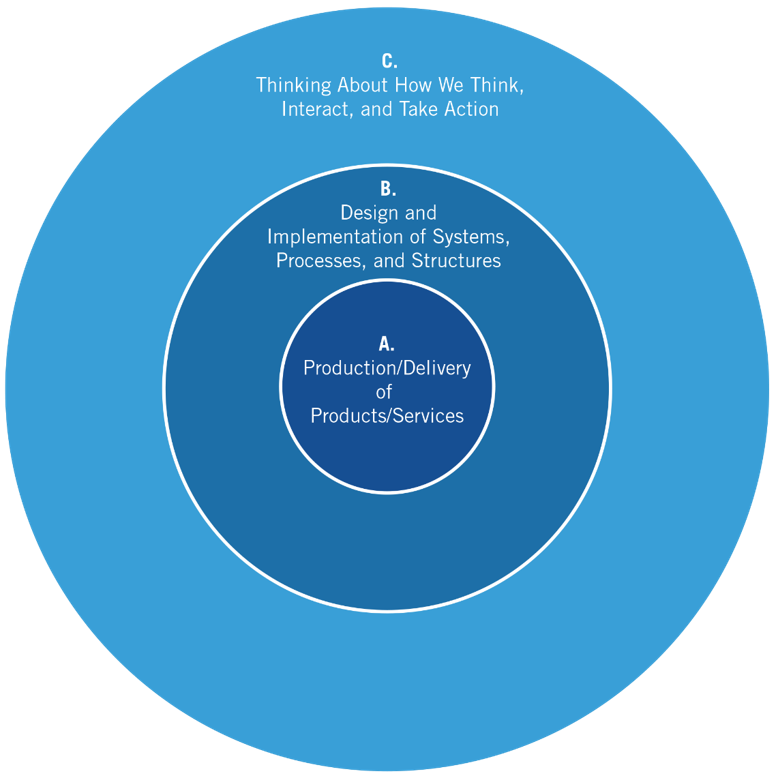
Since our inception, we have had one unifying passion: to make healthcare healthier.
Two years ago, SixSEED Partners sprouted from a team of colleagues I brought together to work with multiple high potential leaders on a multi-year succession-planning process in a community-based healthcare system. Together, we were able to integrate our specialties of coaching and consulting with a developmental lens, e.g horizontal and vertical development, with the application of polarity thinking to create much more than classical succession planning. We developed a leadership ecosystem capacitation (LEC) model that simultaneously increased individual AND systemic capacities and overall resilience within that organization. As the impact of this multi-pronged model became clear to us – as well as our client – the vision for SixSEED Partners was born.
As we have continued working with that system, and various other healthcare leaders and systems, we have also continued applying the same leadership and system tools to ourselves – individually and our collective leadership team. Through that iterative reflection, our leadership team has evolved into a new structure this year. And through our continuous feedback processes, we learned that our branding was creating some confusion around our unique service offerings.
With those shifts – and with the unprecedented health crisis that we have all been navigating in the past few months – we took this time to again, practice what we preach. We slowed down. We reflected on what matters to us and how can we be in best service to those we are passionate about serving.
From all those efforts, I am pleased to share with you our new website re-design and re-branded messaging, as a beginning.
Our mission is simple: we provide integrated solutions to heal healthcareTM
Our service offerings are now denoted as 6 unique “seeds”, which can be approached as individual bodies of work, and ideally, as integrated engagements across multiple seeds to create a lasting result.
- Leadership Development
- Team Development
- System Integration
- Well-Being
- Culture
- Leadership Ecosystem Capacitation Model
Through this multi-pronged approach at multiple levels, we are able to custom design integrated solutions that leverage the best delivery routes for meeting our clients where they are in their current cycle of work.
We are not a “coaching” firm, nor a “consulting” firm, nor “a training” firm. We are an integrated solutions firm that can deliver all those delivery routes in order for our clients to create an expanded skillset, not just additional knowledge.
What is still the same is our focus on improving the capacity of healthcare leaders and teams to lead in times of complexity and uncertainty. If there’s one thing the current pandemic has highlighted even more for so many, it’s the need for resilient people and processes to be able to address unpredictable changes for everyone’s well-being and success.
What’s important to us and our clients is our integrated approach that includes:
- Focusing on an overall goal of increasing leadership capacitation within systems
- Integrating solutions that address individuals, teams, and entire systems knowing that we need to integrate all aspects to achieve sustainable change
- Delivering results that impact strategic, operational and cultural outcomes
- Using a defined, iterative process rooted in evidence-based change strategies
We invite you to browse around our refreshed site to learn more about our approach, our results, and our team. During this auspicious month officially celebrating National Nurses Day, National Hospital Week & Healthcare Heroes, we are here and ready to partner with you to help you succeed!




